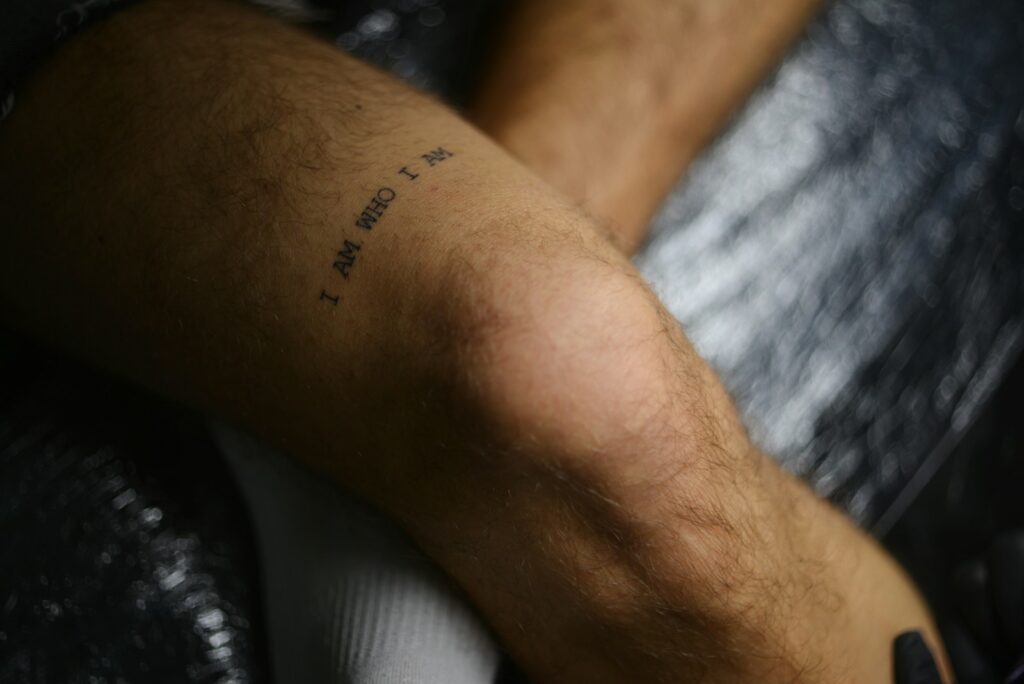Introduction
“I feel knee pain after a WOD,” “My knees hurt when doing squats or lunges.” These are concerns I often hear. Knee pain can be an incredibly frustrating issue for CrossFit enthusiasts.
Today, to support people facing this problem, I’d like to explain, from a physical therapist’s perspective, three key points to check when you have knee pain.
① Reviewing Your Form
Are Your Knees Pushing Too Far Forward?
During squats or lunges, if your knees extend significantly beyond your toes, it generally increases the stress on your knees. Instead, try to engage a hip hinge, moving primarily through the hips.
Below, I’ve included some recommended exercises to help with this.
Are Your Knees Caving Inward? (Knee-In)
This can also occur during jump landings or running. When you look at your body from the front and see your knees collapsing inward beyond your toes, it places stress on the knees and can cause pain.
Weakness in the hip external rotators or fallen arches in the feet can also contribute to this issue. While it may be possible to intentionally correct your form, I recommend performing the supplementary exercises listed below.
💬 Personal Note: “I used to have a tendency for knee-in during squats. Filming my form and reviewing it helped me correct it.”
② Improving Mobility and Flexibilitfsfy
Hip Flexion, External Rotation, and Internal Rotation
If you have restricted hip mobility, it often leads to compensatory movements in neighboring joints like the lower back or knees. For example, if you lack external rotation range in your hips during a squat, it’s easier for your knees to collapse inward, increasing the risk of knee injury.
Below are some hip mobility exercises to address this.
Flexibility of the Tensor Fasciae Latae and Quadriceps
To assess flexibility, there’s a method known as the Ely test. Lie face down while someone else bends your knee. If your heel touches your buttocks without your lower back lifting off the surface, your muscle length is likely fine. However, if your lower back lifts, the muscles may be tight, placing stress on the knee. In such cases, stretching is necessary. The couch stretch is highly recommended for this purpose.
③ Managing Training Volume and Recovery
Have You Suddenly Increased Weight or WOD Intensity?
A rapid increase in intensity or weight naturally raises the load on your knees. The knees are extremely sensitive to changes in workload, and sudden increases often trigger worsening pain.
CrossFit athletes tend to be highly dedicated and sometimes push themselves too hard, making load management a challenge. However, maintaining healthy knees absolutely requires proper load management.
Understanding Overtraining Syndrome: Symptoms and Prevention in CrossFit
The Importance of Recovery
Sleep deprivation and accumulated fatigue can reduce muscle output and joint control, significantly raising the risk of injury. Taking proper rest is also an essential part of training!
💬 Personal Note: “I used to cram in WODs five days a week and ended up injuring my knees. Nowadays, I incorporate Zone 2 training and prioritize recovery.”

Conclusion|Protect Your Knees to Enjoy CrossFit for the Long Term
Knee pain is a challenge that many people encounter while continuing CrossFit. But just because you have pain doesn’t mean you need to give up training altogether.
As I’ve shared today, by focusing on:
-
Reviewing your form (knee positioning and movement patterns)
-
Improving mobility and flexibility (checking hip and thigh mobility)
-
Managing training volume and recovery
…it’s possible to reduce the load on your knees and continue training safely.
I myself experienced knee pain in the past, but through correcting my form, securing adequate mobility, and adjusting my training volume without overdoing it, I’ve been able to train comfortably again.
Protecting your knees is truly an investment in enjoying CrossFit for years to come. Taking a moment to pause and reflect on your body can ultimately lead to even greater growth.
If you’re struggling with knee pain, I encourage you to check these points. I hope your CrossFit journey becomes even more comfortable and enjoyable!
Sho
